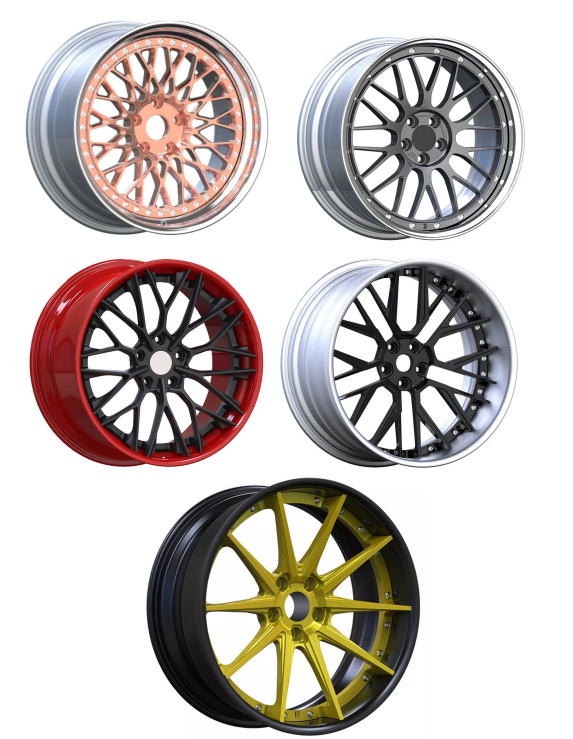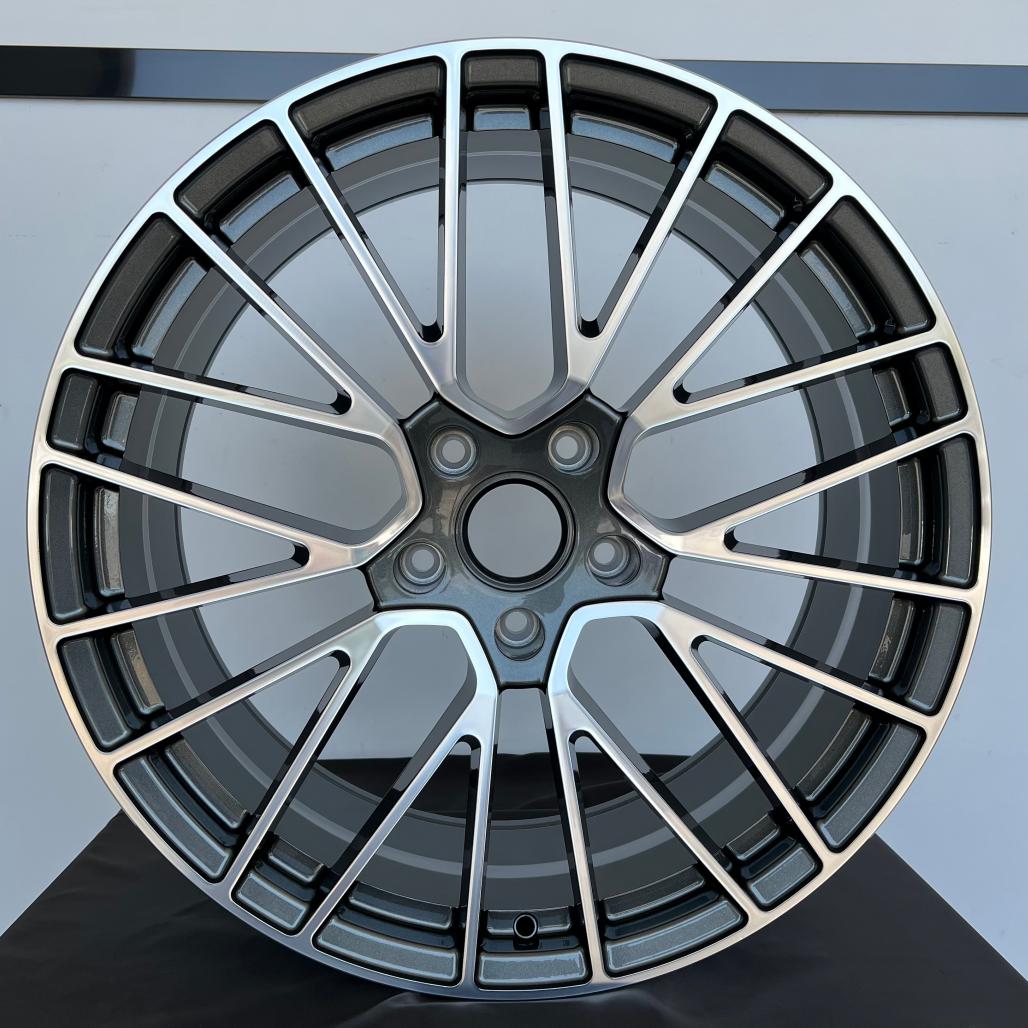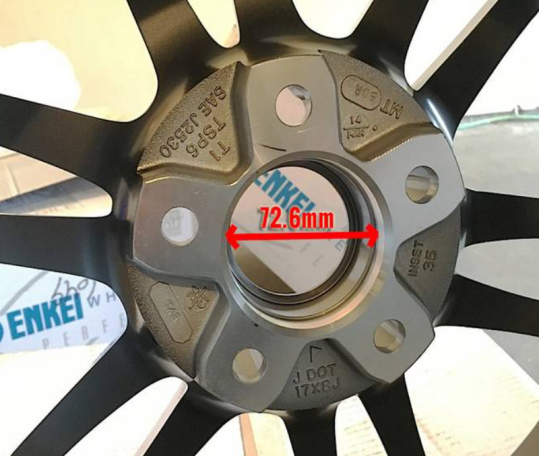Automobile wheels are an important auto parts, which not only affect the appearance of the car, but also directly affect the safety performance of the vehicle.At present, the wheels on the market are mainly divided into steel wheels, aluminum alloy wheels, carbon fiber composite wheels and magnesium alloy wheels by material.
Steel wheels
Steel wheels are traditional automobile wheel hub materials. Their main advantages are simple manufacturing process, relatively low cost, and strong resistance to metal fatigue.There are two main manufacturing processes for steel wheels, casting and forging, of which the casting process accounts for the majority.The cost of steel wheels manufactured by the casting process is low, but the weight is large, the accuracy is low, and the performance is poor.The steel wheels manufactured by the forging process are light in weight, high in strength and high in precision, but the cost is relatively high.
Aluminum alloy wheels
Aluminum alloy wheels are a more common wheel material in modern automobiles. Their advantages are light weight, high manufacturing accuracy, high strength, low inertial resistance, strong heat dissipation ability, good visual effects and so on.There are two main manufacturing processes for aluminum alloy wheels, casting and forging, of which the casting process accounts for the majority.Compared with steel wheels, aluminum alloy wheels have lighter mass and less inertial resistance, which can improve the acceleration and fuel economy of the car.Moreover, the thermal conductivity of aluminum alloy is better, which can better dissipate the heat of the tires and improve the safety of driving.
Carbon fiber composite wheels
Carbon fiber composite wheel hub is a new type of automobile wheel hub material, which is made of carbon fiber and resin after high temperature and high pressure composite.The advantages of carbon fiber composite wheels are lighter, higher strength, more energy-saving and emission reduction, more durable performance, and better handling.The weight of carbon fiber composite wheels is only about half that of aluminum alloy wheels of the same size, but the strength and durability are higher.Moreover, the manufacturing process of carbon fiber composite wheels is more complicated than that of aluminum alloy wheels, so its cost is very high.
Magnesium alloy wheels
Magnesium alloy wheels are an alloy composed of magnesium as the base and other elements.The advantages of magnesium alloy wheels are light weight, low inertial resistance, and good heat dissipation.However, the disadvantage of magnesium alloy wheels is that they have poor corrosion resistance and are easily corroded by oxygen and water vapor in the air.Moreover, the processing technology of magnesium alloy is very demanding, and the manufacturing process is more complicated than that of aluminum alloy wheels, so its cost is very high.
The materials of automobile wheels are mainly divided into steel, aluminum alloy, carbon fiber composite material and magnesium alloy.Each material has its advantages and disadvantages, and the appropriate hub material should be selected according to actual needs.Among them, aluminum alloy wheels are one of the most widely used automobile wheel materials, while the high cost of carbon fiber composite materials and magnesium alloy wheels is the main obstacle to their popularity.In the future, with the continuous emergence of new materials and new processes, automobile wheels will develop in the direction of lighter, higher strength, more energy-saving and emission-reducing, and more durable.







